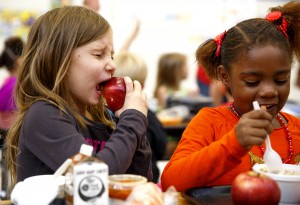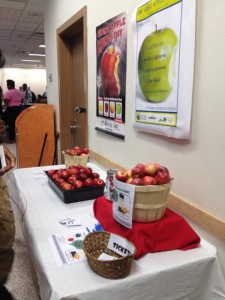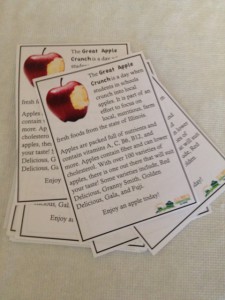As the seasons pass by and winter approaches, the varieties of fruits and vegetables change. Many of the fruits and vegetables that we are used to are either not as readily available or are more expensive. These also means that the foods are not grown locally, and are shipped from further distances resulting in an increase in cost.
The American Heart Association offers some tips on what produce is seasonal for fall and winter, and how it can help with one’s health. A list for each season can be accessed here. Following this guide is great way to experience new foods that you may not have tried before or try out new cooking methods. It also reduces the impact on the environment because you would be increasing your purchasing on local seasonal food versus out of season distanced foods.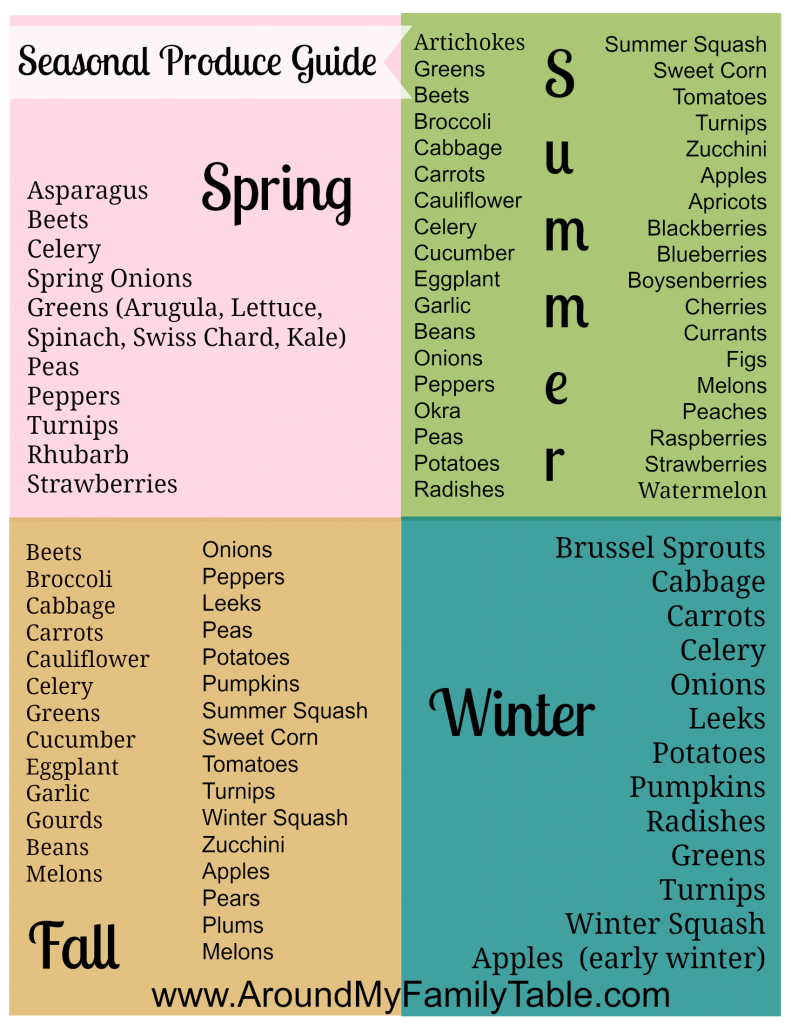
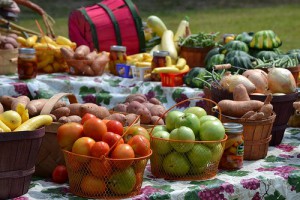
The USDA has great resources for seasonal produce through their Food and Nutrition Service, FNS, SNAP-Ed. An extensive list of various fresh produces can be been viewed for each season of the year here. Each food item can be selected and clicked
to view recipes, educational facts, or learning materials offered through various website links.
Some of the seasonal produce includes the following: broccoli, cauliflower, celery, dark Leafy greens such as: mustard greens, spinach, cabbage, kale, and collard greens along with beets and beet leaves, brussel sprouts, apples, pears, pumpkins, sweet potatoes, carrots and winter squash varieties such as, butternut, acorn, and spaghetti. Many of the dark leafy greens are high in Vitamins K, C, and A along with the minerals iron and folate. Vitamin K is important for clotting blood, Vitamin A is utilized in the body to improve vision. Both iron and folate are important to prevent anemia and thin blood with a low red blood cell count. Finally Vitamin C, which is used to promote our immune systems, is especially important in the cold/flu season during fall and winter because there are many occurrences of sickness. To learn more about which foods are in season, how to store them, nutritional information and some general usage tips, click here to view the IFSN’s handout for Fall and Winter Seasonal foods.
These food items can be bought at many grocery stores, but to get fresh local seasonal produce the best opportunity would be a farmers market or a food co-op. Central Illinois is having multiple farmers markets in time for Thanksgiving in conjunction with the Illinois Stewardship Alliance. To view the advertisement click here. The Illinois Department of Agriculture has a website (click here to view) that allows people to enter in their street address or zip code to find the nearest farmers market. As stated, food co-ops are good sources for fresh local seasonal food, organic options are also readily available. Some locations include: Sugar Beet Co-op in Oak Park, Illinois, South Suburban Co-op in Park Forest, Illinois, Neighborhood Co-op Grocery in Carbondale, Illinois, and Common Ground in Urban, Illinois.

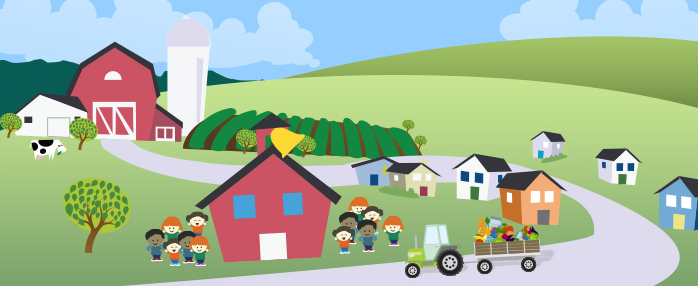
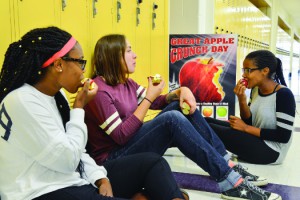 radio and news website,
radio and news website, 